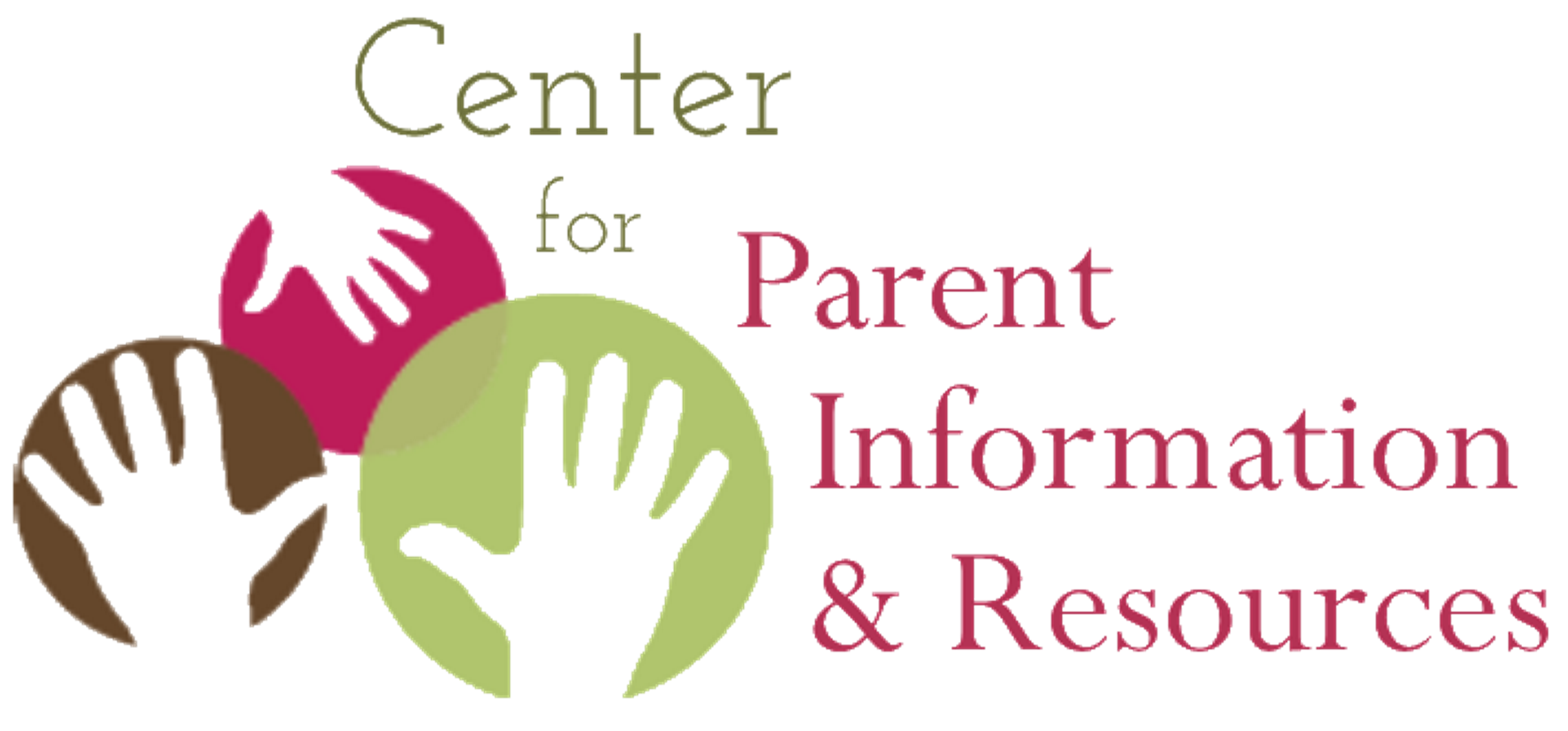Toolkit : Sexual Assault Awareness for People with Developmental Disabilities
The Sexual Assault Awareness Toolkit provides inclusive, accessible resources to support sexual violence prevention and education for people with developmental disabilities.

